This post is part of series by Brookings experts on Trump’s 1st State of the Union.
One of President Trump’s central priorities is deregulation, and his Secretary of Education, Betsy DeVos, is deeply skeptical that federal involvement in education policy will lead to meaningful improvement. What does this mean for how Trump will incorporate education policy in his State of the Union address? Below, we highlight three topics that might find their way into Trump’s speech—and likely will remain in the headlines over the coming year.
School choice
With a president who vowed to be “the nation’s biggest cheerleader for school choice,” an education secretary whose background consists of supporting school choice programs, and majorities in both chambers of Congress, Republicans’ moves to expand school choice have been strikingly modest. A campaign pledge to infuse school choice programs with $20 billion in federal funding has not materialized, nor has the federal tax-credit scholarship program that Trump signaled in his joint address to Congress last February. Rather, Republicans’ big move was an expansion of 529 college savings plans in the Tax Cuts and Jobs Act that allows families to use 529 funds to pay for K-12 private schools. That has proven controversial, even among conservatives, because it defies the logic of 529 plans and benefits relatively wealthy families (typically not the intended beneficiaries of school choice plans).
Republicans have education policy goals they could pursue at the federal level, whether through new legislation such as a tax-credit scholarship program or the enforcement of existing legislation such as the Every Student Succeeds Act (ESSA). However, Republicans’ primary goal appears to be simple: stop the federal government from making education policy. This is a recipe for rhetorical emphasis on empowering parents in the State of the Union address—and encouragement for states to act—without many accompanying proposals for federal action.
Deregulation
If Trump emphasizes his record of deregulation and overturning Obama-era policies during his address, he has a number of examples to draw from in education. His administration has reversed or scrapped multiple K-12 and higher education policies implemented during the Obama administration, including rules on teacher preparation and on implementing ESSA. His administration has also rescinded the Obama administration’s guidance on campus sexual assault reporting and transgender students’ rights, and it has delayed implementation of two Obama-era rules designed to regulate the for-profit college industry.
We will be listening for hints of plans to rescind Obama-era guidance on addressing racial discrimination in student discipline, as well. This issue has garnered attention from the Trump administration in recent months and has become a topic of debate between Republicans (who emphasize local control and keeping schools safe by removing misbehaving students) and Democrats (who emphasize protecting students from discriminatory and excessive punishments).
The Higher Education Act
College campuses have emerged as battlegrounds in the first year of the Trump administration, with high-profile clashes over free speech and Confederate statues taking place on campuses across the country. A battle over renewal of the Higher Education Act (HEA), which has been overdue since 2013, may be on the horizon in Congress. The House Committee on Education and the Workforce recently approved the PROSPER Act, a bill to renew the HEA, and the Senate has held committee hearings on renewing the law. The law looms large in education policy, not least of all because it governs the federal financial aid system.
In his address, Trump could signal support for various components of the House bill, such as expanding apprenticeships, eliminating the Public Service Loan Forgiveness program, or streamlining the application for federal financial aid (an issue with bipartisan support). If he highlights the bill’s call for expanded apprenticeships, he is likely to cite his executive order embracing apprenticeship programs. But don’t assume this support means his administration will push for more funding. Trump’s 2017 budget proposal included large cuts in job training grants and flat funding for apprenticeship programs, and Congress could expand such funding on its own, without presidential initiative.
Conclusion
Of course, Trump’s words and his administration’s actions have not always been in lockstep, and his State of the Union address might not provide much clarity. Perhaps more interesting—and consequential—than Trump’s address on Tuesday will be how the president and his party continue to balance their pursuit of specific education policy priorities with their broader desire to reduce the federal government’s role in education policymaking. This has been a defining question in Trump’s and DeVos’s first year and is likely to continue to remain a defining question in the months and years to come.
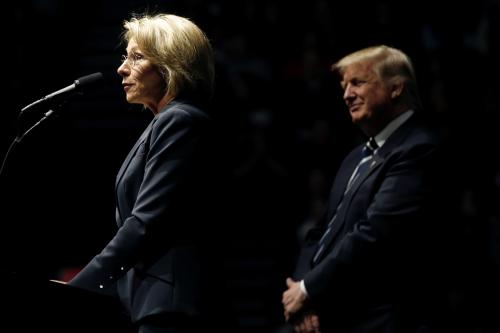
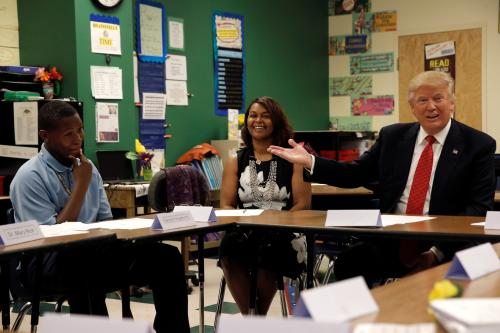
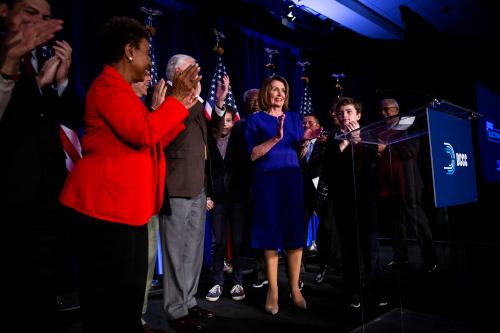
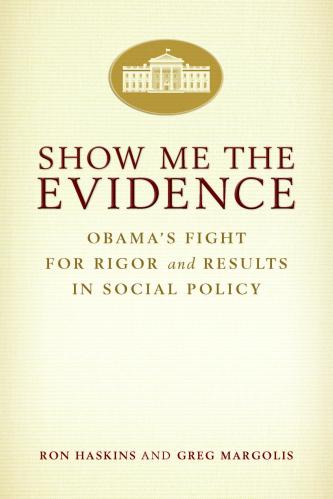
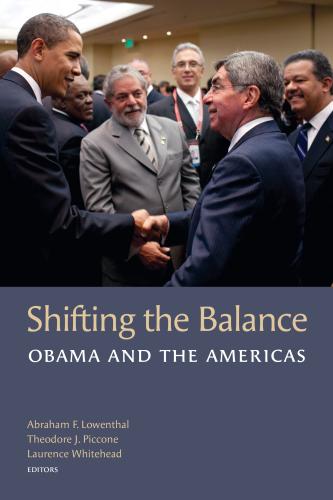
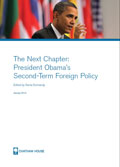





Commentary
Trump’s 1st State of the Union: Will he reinforce his push for school choice?
January 29, 2018